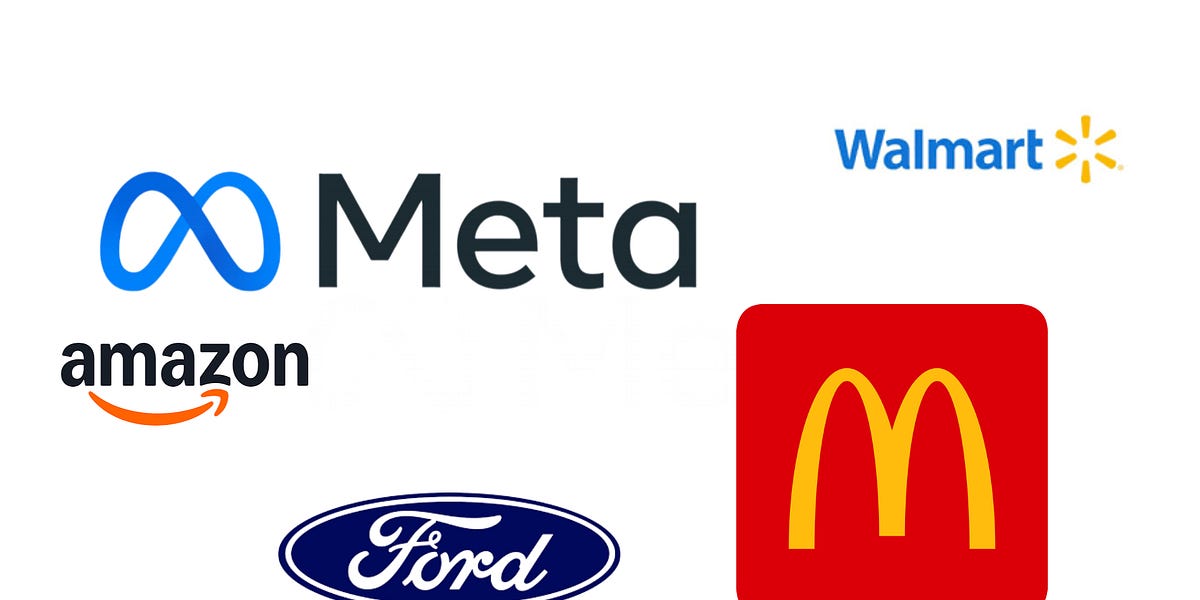Current data paints opposing pictures. PwC’s latest survey found that over half of leaders are planning layoffs. Yet Chief Executive’s August poll found CEO optimism rising for the first time in months. CEOs and CFOs plan to invest in increased pay, workplace environment, training and technology. Yet the trend at many technology companies is laying off staff. At the board level, Corporate Board Member recently found that 25% of directors anticipate workforce reductions and 16% expect hiring freezes.
Economic uncertainty abounds. However, a truth that remains is that staffing—and staffing for execution—are not the same. Having more of the right people in the right seats is key.
How can you mitigate risks when forced to do more with less? Avoiding mis-hires and mis-fires are equally important today. When Chief Executive asked me to present at next month’s CEO Talent Summit, initially the focus was on mitigating risk from mis-hires. Now to reflect current pressures, we’ll add the aspect of avoiding mis-fires. Who you let go and how it is done can be more costly than mis-hires because it affects trust in leadership, culture and the ability to attract and retain future talent.
The implications could not be more important for the C-Suite, who feel they are being pulled in more directions than ever before while employees hold more power than in the past. These are two findings from Untethered World, the recent report from World 50 and G100. Perhaps the most striking shift revealed was that three years ago the “biggest consideration for leaders when making a complex decision” was the opinion of the board. Today, leaders’ biggest consideration is the employees’ reaction. That is an impossible position from which to lead effectively if you feel will be second guessed at every turn. Therefore, hiring and firing to best serve the health of the organization matters more than ever.
Potential Pitfalls to Avoid
Communication
The impact of workforce decisions (in either direction) goes beyond bottom line revenue, affecting culture, communication and customer outcomes. While evaluating which strategies to pursue, it may be tempting to avoid company communication about the topic. That silence often causes employees to formulate their own fear-based assumptions, driving key players out the door.
Employee Pushback
Dissatisfied employees who stay may adopt the latest fad, “quiet quitting,” when they disengage and do the bare minimum to collect a paycheck. Employee activism has also been a growing problem, such as workers who push back on policy or air company business publicly to pressure leaders. For example, Apple employees launched a petition in their latest effort to block return to the office plans. Other leaders commonly face employee pressure to take public stances on social issues. Who you attract, retain or let go can affect overall company culture.
How to Take Back Some Control
There are many factors keeping businesses from the results they expect. However, you can mitigate risks from certain conditions and take back some control. In my roundtable discussion at the CEO Talent Summit, we will examine practices to avoid mis-hires and mis-fires. We will review four key pillars for better outcomes, and how to expedite the process, so that your business strategy and talent better align. Register to join the entire slate of esteemed experts who will discuss workforce strategies and insights for today.








































































